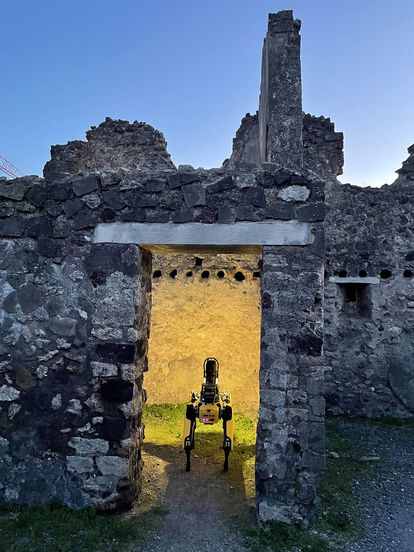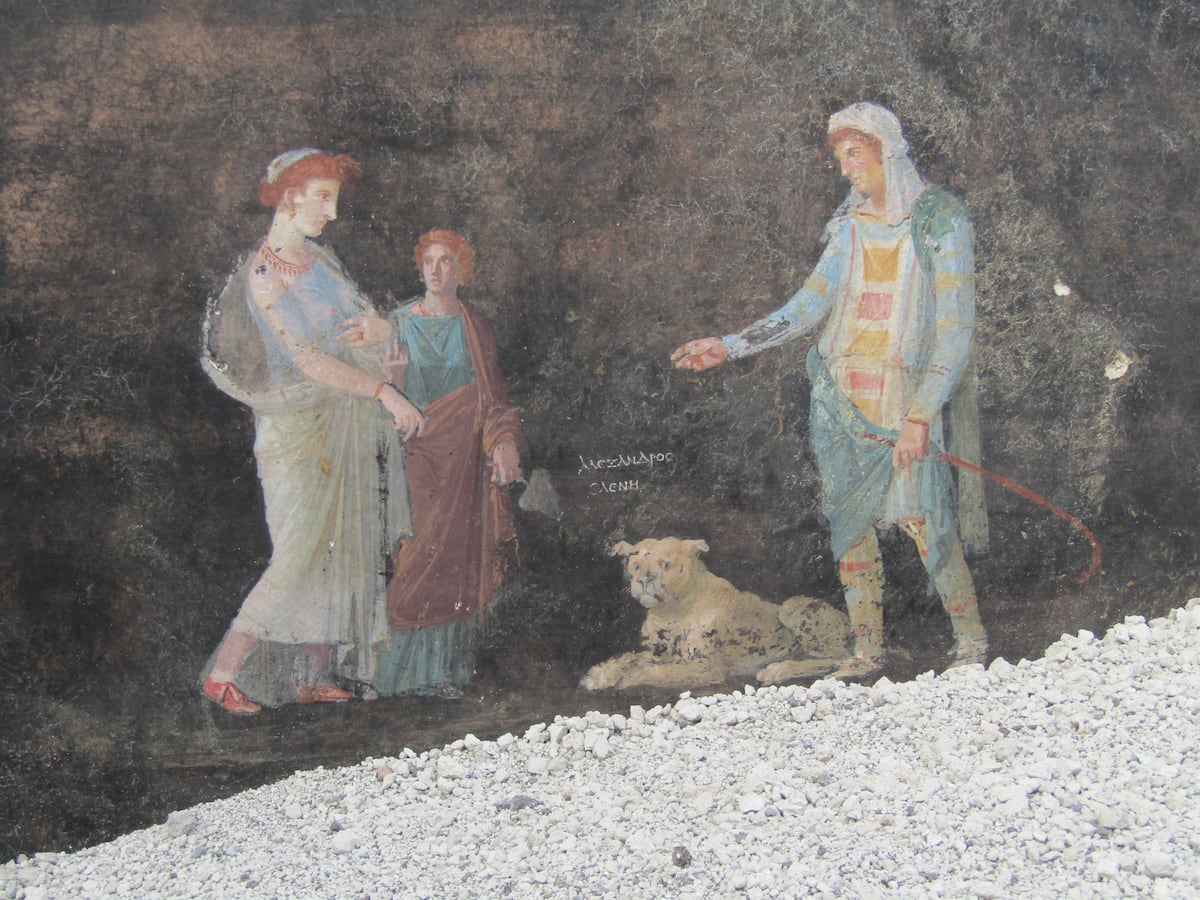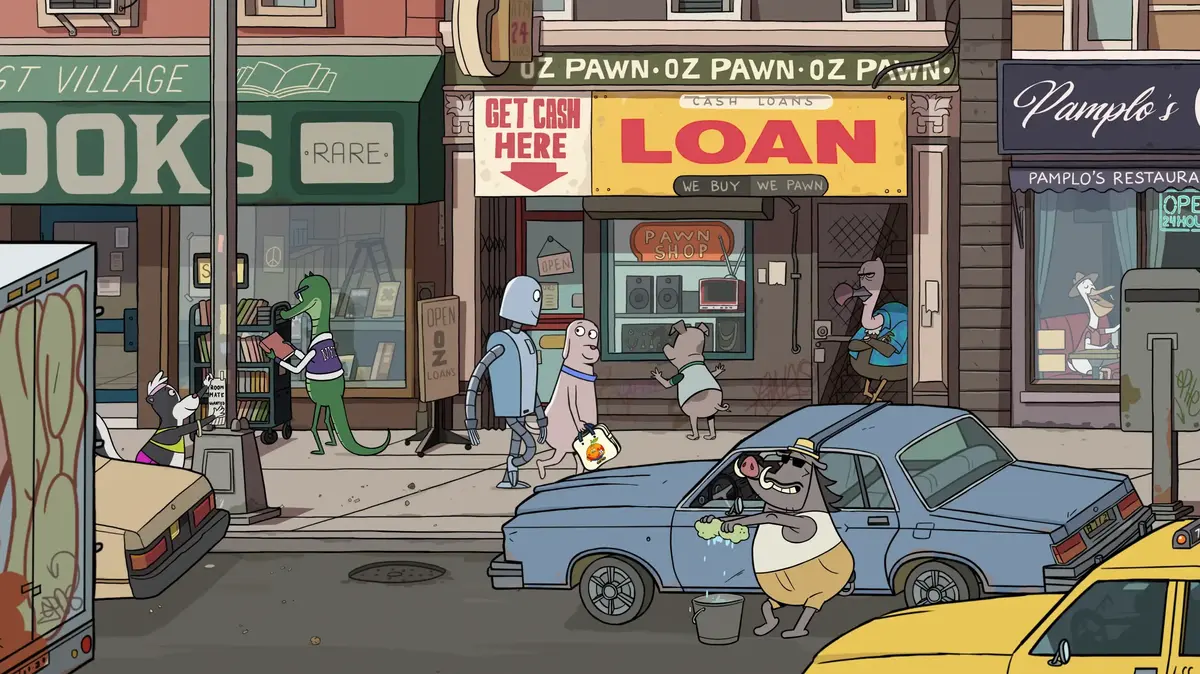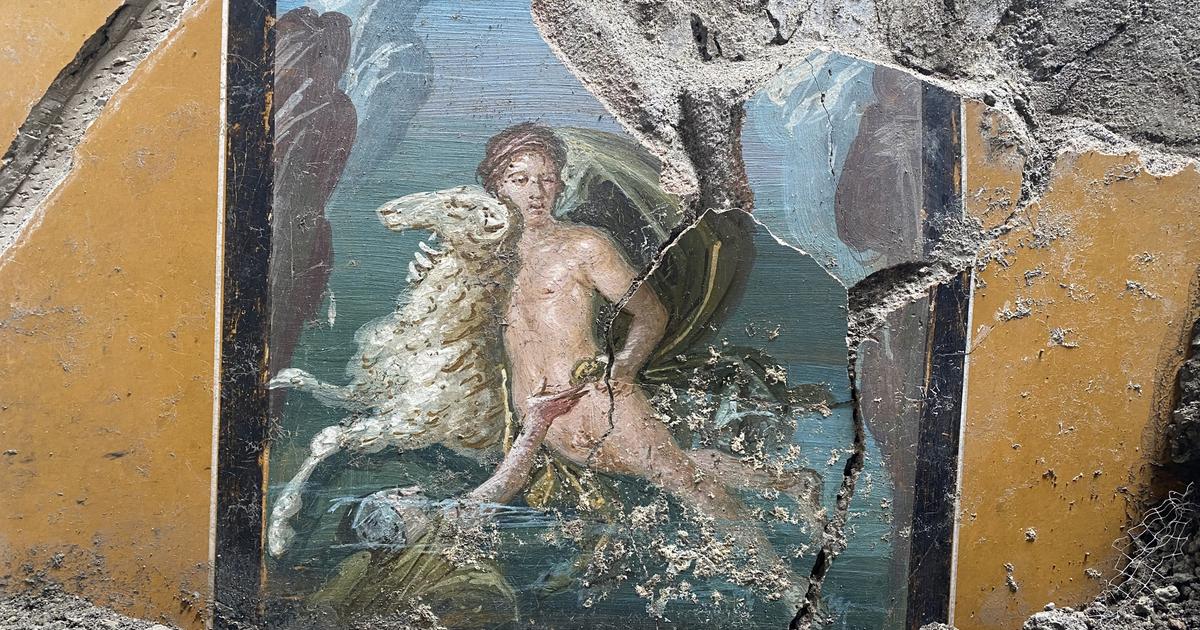Pompeii, the Roman city devastated by the eruption of Vesuvius in the year 79, is an inexhaustible source of knowledge about life in ancient times.
The remains of the prosperous destroyed city and of the people who lived in it and did not have time to flee from the fury of the volcano are preserved so well that scholars have obtained from them valuable information about the diet, customs, politics, urban planning or sociology of those ancient Romans.
Although this unique archaeological site in the world has also had to fight against mismanagement, landslides, looting by art thieves and constant infiltrations of public contracts by the Camorra, the Neapolitan mafia that, moreover, for years has plundered insatiably the excavations and has erected illegal constructions in the surroundings.
The abandonment of the authorities ended up plunging Pompeii, declared a World Heritage Site by UNESCO in 1997, into a second destruction, from which it has only recovered in recent years, with a new boost in excavations, scientific exploration and the management of the archaeological space.
New technologies have helped speed up studies.
More information
The tragic end of the 'last fugitive' from the Vesuvius eruption
As a novelty to improve the safety and inspection tasks of the excavations, the archaeological park has been equipped with a quadrupedal robot in the shape of a dog, which will search every nook and cranny of the site in search of useful study data for archaeologists.
The objective, according to the direction of the archaeological area, located in the peaceful Gulf of Naples, is also "to use innovative technological solutions to improve the monitoring of what exists and the knowledge of the progress of the works in the areas subject to recovery or restoration, and therefore manage the safety of the works, as well as that of the workers”.
The artifact, known as
Spot
, from the American engineering and robotics company Boston Dynamics, will also help uncover the clandestine tunnels used by art thieves who plunder the ruins of Roman villas buried by the ashes of Vesuvius.
The usurpers have taken frescoes, ornaments and even an entire mansion that they took from the site and later distributed on the black market.
Those responsible for Pompeii will use the robot in the underground tunnels of the clandestine excavations that they are detecting in the surroundings of Pompeii.
"Often, security conditions in tunnels dug by thieves are very difficult, so the use of a robot could represent a turning point that allows us to move faster and in total safety", explained the director of Pompeii,
Drones and video surveillance
The experiment is part of a larger project at the archaeological park, known as Smart@POMPEI, which aims to bring artificial intelligence to the site.
Along with
Spot
, Pompeii has also been equipped with a drone with the first laser capable of 3D scanning, which facilitates the work of archaeologists.
In a second phase, video surveillance systems, anti-intrusion detectors, seismic and hydrogeological monitoring, air quality and drones will be installed, managed by an intelligent platform that continuously monitors all the sensors distributed throughout the park and generates alarms if certain thresholds are exceeded. , of abnormal behavior or in an emergency situation.
The robot 'Spot' inspects an area of the archaeological park of Pompeii.EFE
Zuchtriegel has highlighted that "technological advances in the world of robotics, artificial intelligence and the so-called autonomous systems have so far produced solutions and innovations more easily associated with the industrial and manufacturing world, which had not found application within archaeological sites due to to the heterogeneity of environmental conditions.
Pompeii was devastated by a 400-degree heat wave and an avalanche that buried it under a 20-meter-thick layer of volcanic material.
In the city lost under the ashes of Vesuvius in recent years more than ever is being excavated, although 68 hectares of unknown land still remain to be removed.
Between 1863 and 1875, the Italian archaeologist Giuseppe Fiorelli led a new system of excavations in Pompeii and discovered a third of the city, based on the layout of nine regions, in turn divided by islands.
Region V began to be surveyed in 2017, when the site was drained of water and its walls stabilized, allowing the unearthing of new villas, some discovered at the end of the 18th century, but which had been buried again, such as the so-called Casa de Jupiter.















